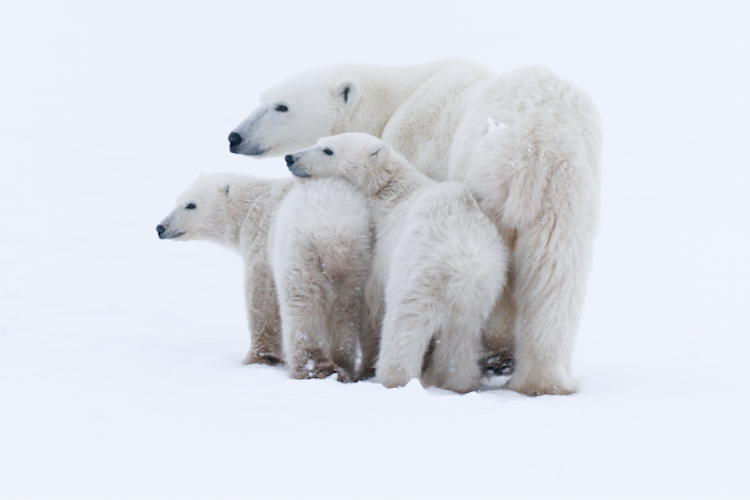I've had the privilege of visiting and living in the circumpolar Arctic throughout my career, but I've never ventured particularly far north in my home country of Canada. Since joining Polar Bears International (PBI) as senior director of communications last month, I finally made it to Canada’s Subarctic: Churchill, Manitoba. I traveled here with a cohort of conservation communications professionals in PBI’s long-standing Climate Alliance program, which is tailored to representatives from the zoos, aquariums, and wildlife parks in our Arctic Ambassador Center network.
The immense reach of zoos
Zoos, aquariums, and wildlife parks have unparalleled opportunities to drive climate knowledge and action. These institutions reach more people each year than all sporting events combined! Climate Alliance mobilizes this massive network of trusted climate and conservation messengers.
I’ve long admired PBI for its strong scientific foundation. This approach extends to communications, using well-researched and tested methods to share the story of polar bears and climate change with a wide audience. Climate Alliance helps zoo ambassadors share accurate, effective, and inspiring climate stories across political spectrums and national boundaries.



















